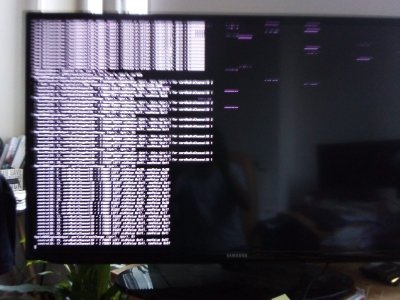CaseySJ
Moderator
- Joined
- Nov 11, 2018
- Messages
- 22,197
- Motherboard
- Asus ProArt Z690-Creator
- CPU
- i7-12700K
- Graphics
- RX 6800 XT
- Mac
- Classic Mac
- Mobile Phone
There is nothing in the build guide regarding Voodoo kexts because only AppleALC is compatible with this motherboard. We just need to download and copy the latest AppleALC.kext into the /Library/Extensions folder and rebuild kernel cache by running Kext Utility.ok, I booted from USB and it worked
rebooted from SSD and it worked too.
tried play around a bit, sound from jack port did not work so I opened Multibeast and installed first Realtek driver, closed multibeast, reopened and installed voodoo driver. Rebooted and got panic message during verbose debug msg. Rebooted from USB and got same panic. Now I can't access Mojave neither from USB nor from SSD. Looks really strange cause everything was working good.
How can I access mojave and do some changes if it always panics both from USB and SSD?
Thanks @CaseySJ
Also set audio layout to 7. If there's no sound from the audio jack, change the layout to 16, and finally to 1. A reboot is needed after each change. Also check System Preferences --> Sound --> Output to ensure that the built-in audio port(s) are showing up.
To repair the USB install disk, just do this:
- Insert the USB flash disk in your real Mac.
- Mount the EFI Partition of that disk using Clover Configurator --> Mount EFI option in the left side panel.
- Open the EFI/CLOVER/kexts/Other folder and delete the voodoo kext
- Eject the USB disk and insert into the Hackintosh.
- Press F12 at BIOS splash screen and choose the USB disk to boot from.
- At Clover Boot Menu, choose the normal Boot macOS from Mojave
- After logging in to Mojave, mount the EFI Partition of Mojave SSD and delete voodoo kext from the CLOVER/kexts/Other folder


